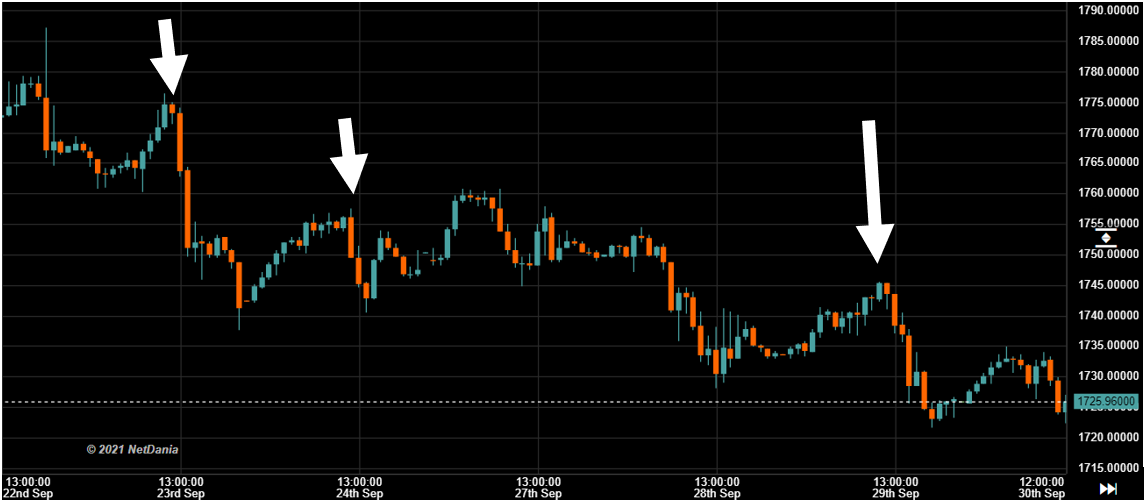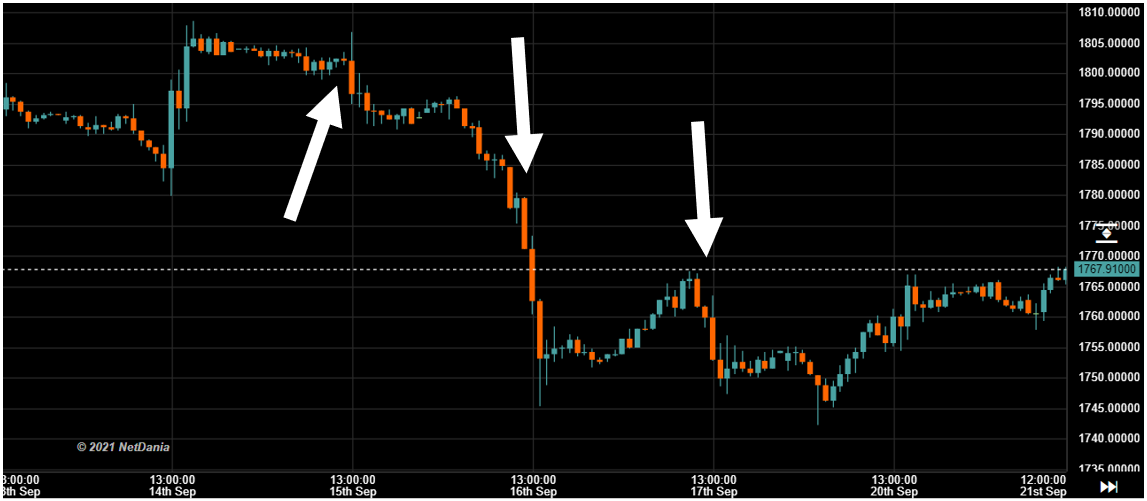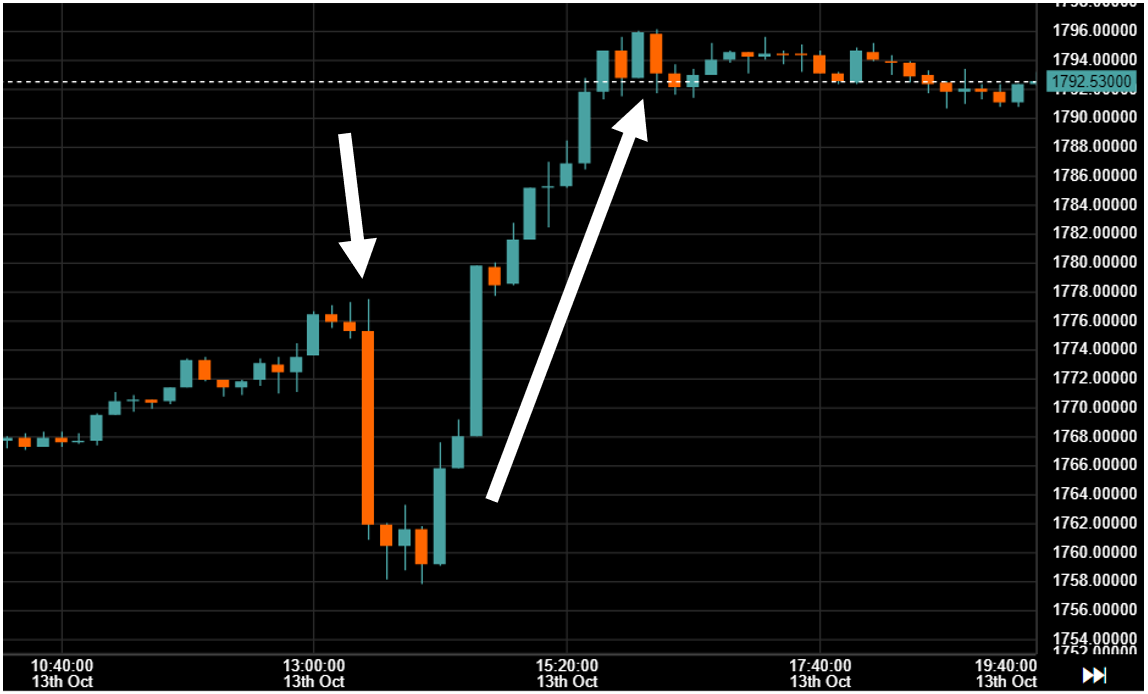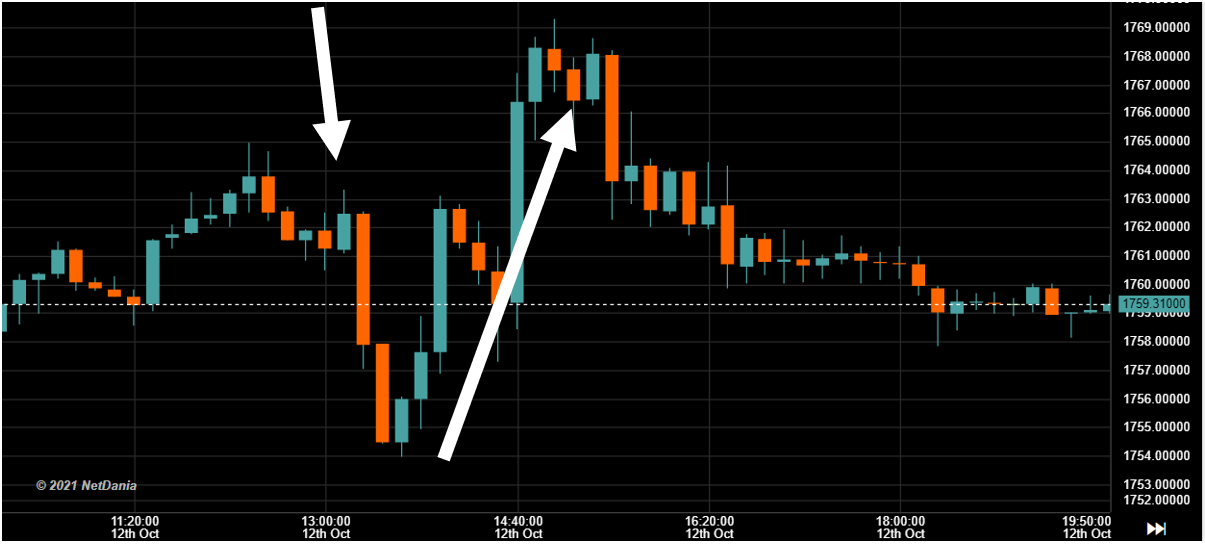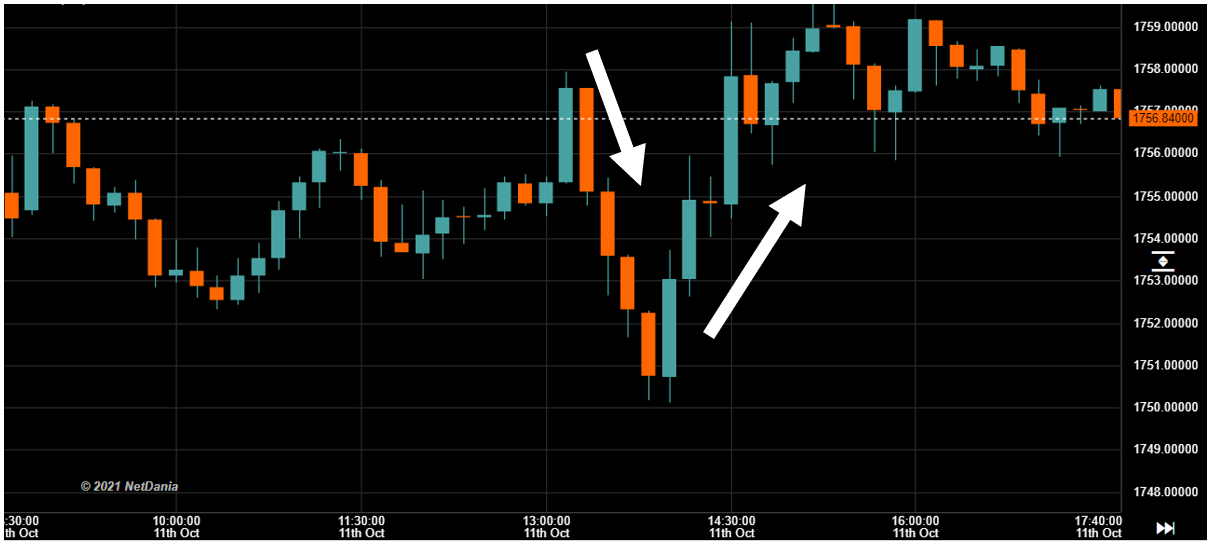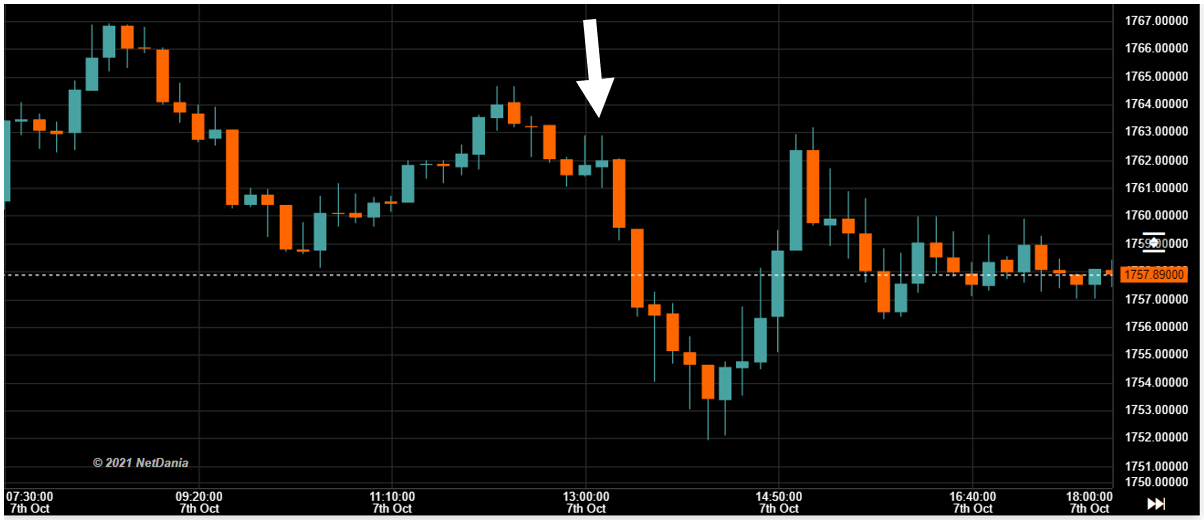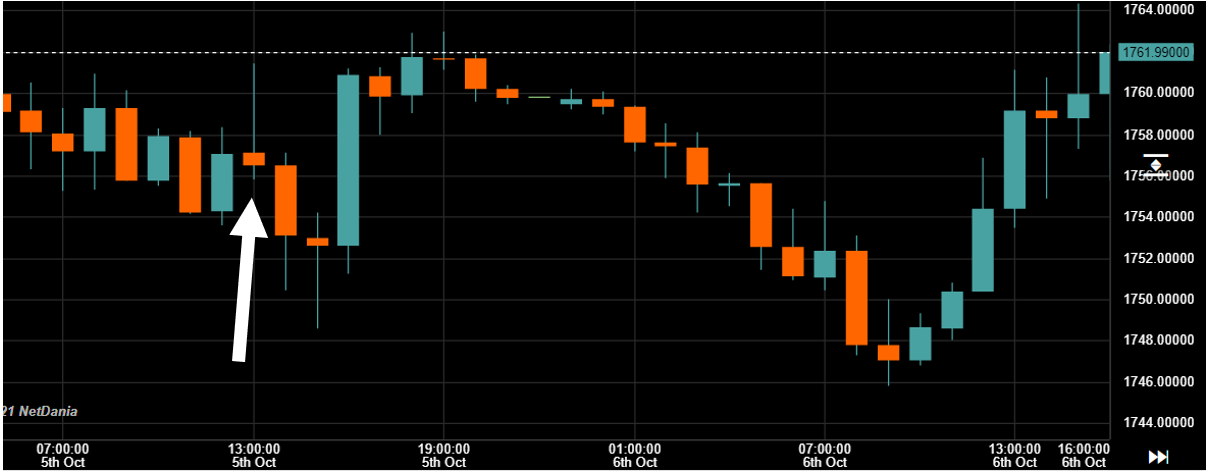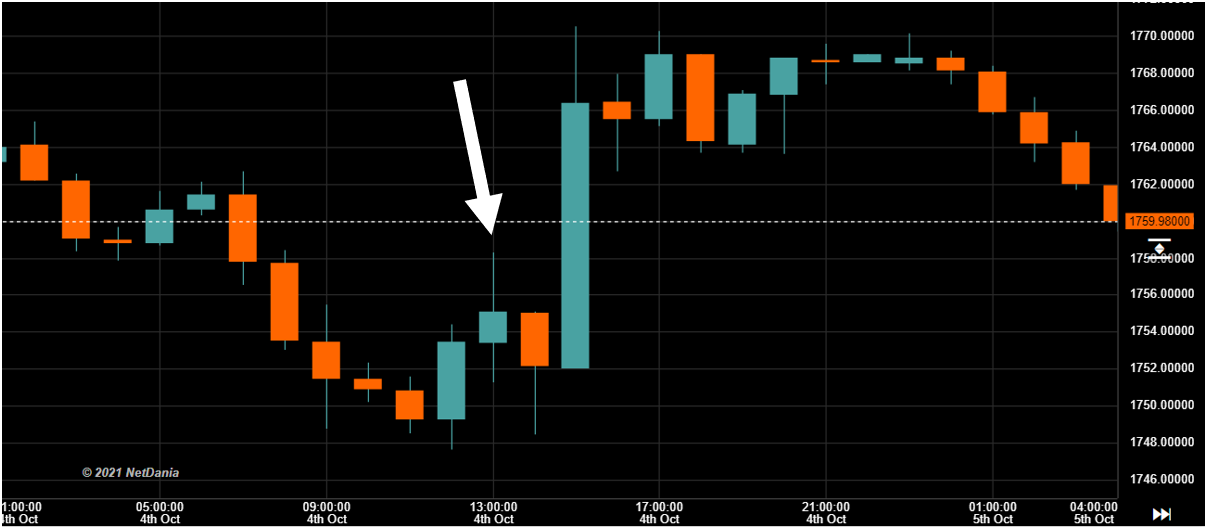The gold price is a politically sensitive subject, and for good reason. Gold is the historical opt-out asset from the financial system. So, a rising gold price suggests a lack of faith in that financial system.
This goes right back to the days when money was redeemable for gold. Calling on this promise by exchanging your money for the underlying gold reflected a lack of faith in the institution issuing that money. Did they really have the precious metals in their vaults, or were they issuing more notes than they could redeem? Would the value of the notes soon fall, leaving holders better off in gold?
Before we began to trust politicians to manage our currency, this played out with banks themselves. They’re still called “banknotes”, after all.
If you thought your bank might fail, you’d try to redeem their notes for precious metal. And this is what a bank run used to mean, with the word “cash” meaning precious metal.
When governments took over currency issuance, redeeming your money for gold reflected a lack of confidence in the national currency itself. When the French tried to redeem their US dollars for gold in the 70s, the United States preferred to default on its obligation, suspending the gold window temporarily and then permanently.
These days, gold still represents an investor’s ability to opt out of the financial and monetary system. Whether it’s default, devaluation, inflation, or worse, gold is comparatively immune, because it is not a promise but a true asset without any counterparty.
This means that a rising gold price is a sign that investors are betting on big problems down the line. Which is why there are so many conspiracies about gold price manipulation.
At least, they used to be conspiracy theories…
A few months ago, Bloomberg published an article about gold price manipulation, which included some of the following choice quotes:
Chat logs introduced as evidence by prosecutors at the Chicago spoofing trial of two former precious-metals traders for Bank of America Corp.’s Merrill Lynch unit show one of them, Edward Bases, bragging about how easy it was to manipulate prices.
On Jan. 28, 2009, when Bases was working at Deutsche Bank AG, he put out bids to buy 2,740 gold futures contracts valued around $244 million over the course of four and a half minutes, according to Maria Garibotti, a vice president at Analysis Group who studied exchange and trading data for prosecutors. More than 98% were cancelled without being filled, she said.
“I f..k the mkt around a lot,” Bases said in another message.
This is called spoofing, but that’s beside the point for today.
Until these court cases, it felt as if the gold price was the only thing which bankers hadn’t been caught manipulating…
But for today, I’d like to show you how the gold traders’ favourite form of market manipulation seems to be breaking down.
First, I need to show you how it works… used to work…
Consider what occurs to the gold price very often around 1pm UK time.
On 23, 24 and 29 September, just before 1pm UK time, the gold price began a sudden and rapid selloff.
The same for 15, 16 and 17 September.
And then 7, 8 and 9 September.
And so on and so forth, with a similar pattern going back as far as I have been aware of gold trading.
Each morning for many years, (including during a past stint as a flying trapeze artist in Phuket), I check goldprice.org over breakfast. And I very, very often notice the distinct shape of the chart, with a plunging gold price beginning just before 9am US time.
But we haven’t got its permission to publish the chart. Still, if you’re interested in gold, I can recommend looking at the website and I’m sure that you’ll begin noticing it too…
Why 9am US time? Well, the New York COMEX opens at 8.20am…
But let’s not dig too deeply into who and where. Let’s focus on what.
The morning gold plunge is known as banging or “slamming” the open – a trading strategy used when markets are less liquid and thus more vulnerable to large price moves – when they first open.
Of course, the plunge doesn’t always happen. For example, when major economic data is being released that day, it often doesn’t occur. The data dominates the price moves that day.
It also doesn’t happen at exactly the same time each day, varying by about an hour.
And there are longer periods where it does not seem to happen at all, or dramatically less often.
But, for the past few months, I’ve been noticing it again, as I have on and off for years.
Only, lately, I’ve noticed a new phenomenon. Gold is banging back.
The traditional 9am, or 1pm UK time, gold slam has regularly triggered a larger subsequent rally.
As you can see from these 10-minute bars, it happened on the 13 October:
Here on 12 October:
Here on 11 October:
On 8 October, US jobs data badly missed expectations and the gold priced spiked and then plunged on the news, drowning out any other action.
But on 7 October, it happened again:
Going back further, I’ll have to shift the chart back to hourly bars instead of 10-minute bars, but the same phenomenon holds. At 1pm UK time on 5 October, there’s a dump and then a surge.
The same on 4 October:
What’s the point of all this rumination?
No, Nigel isn’t trading gold during a boozy lunch. Not that I know of, anyway…
And, just as I don’t know what’s really behind the 9am gold slam, I don’t know what’s behind the subsequent rally.
But consider this: it is of course possible to take advantage of the price manipulation. If you’re a buyer of gold, the best time to buy is shortly after a 9am US time gold slam, or about 1pm our time. And that may be what’s happening in markets. Someone in the gold market is banging back, taking advantage of the low price to acquire a lot of gold.
But who?
Well, it’s important to note that this is futures trading, which means very little of it ever gets settled in actual physical gold. But that doesn’t mean that those who actually do buy actual physical gold aren’t using the futures market to secure a price…
Is this a sign that the gold price manipulation is breaking down, or at least coming under pressure? Yes, but we don’t yet know how significant that is.

Nick Hubble
Editor, Fortune & Freedom

